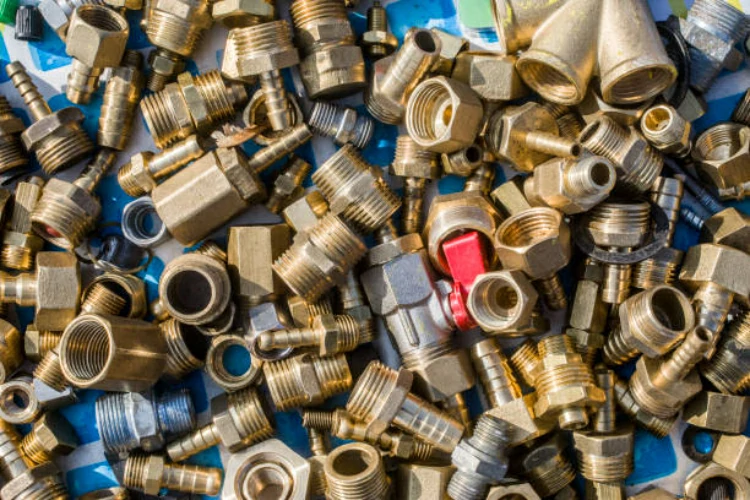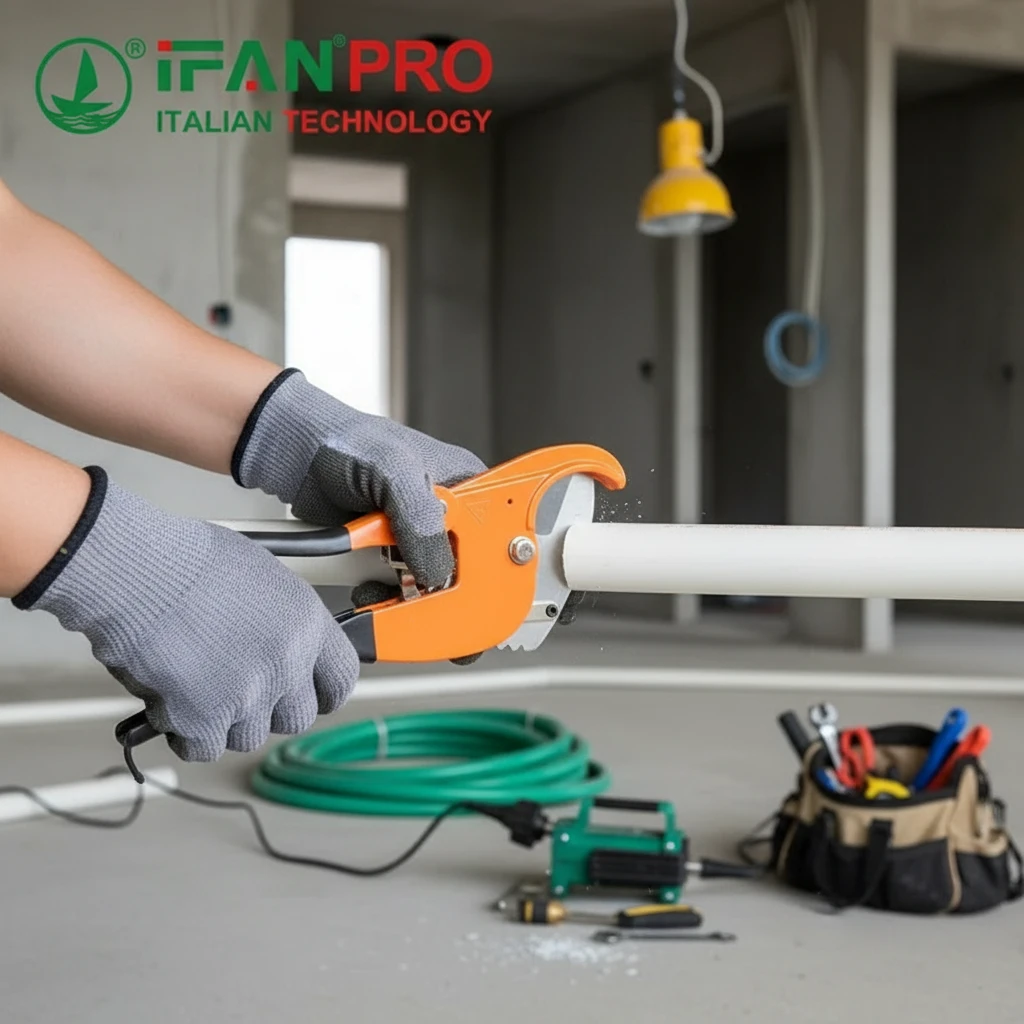Introduction:
Proper installation and maintenance are crucial for ensuring the optimal performance and longevity of brass ball valves. Whether you’re a homeowner, plumber, or industrial facility manager, knowing how to install and maintain these valves correctly can prevent costly repairs and downtime. In this guide, we’ll delve into the essential steps and best practices for installing and maintaining brass ball valves.
Installation Best Practices
1.1 Pre-Installation Inspection Before installing brass ball valves, conduct a thorough inspection of the valves and surrounding piping system. Check for any signs of damage, corrosion, or debris that could affect performance.
1.2 Proper Valve Positioning Position the brass ball valves in a way that allows for easy access and operation. Ensure that the valves are installed in the correct orientation to facilitate proper flow control.
1.3 Correct Pipe Preparation Prepare the pipes by cleaning and deburring the ends to ensure a secure and leak-free connection. Use appropriate fittings and sealants according to the specifications of the valve and piping system.
1.4 Secure Installation Securely fasten the brass ball valve to the piping system using appropriate mounting hardware. Avoid over-tightening, which could damage the valve or compromise its integrity.
1.5 Pressure Testing After installation, perform a pressure test to verify the integrity of the system and identify any leaks. Follow industry standards and guidelines for pressure testing procedures.
Maintenance Tips for Long-Term Performance
2.1 Regular Inspection Schedule regular inspections of brass ball valves to detect any signs of wear, corrosion, or leaks. Inspect valve components, including the ball, seats, stem, and seals, for any damage or deterioration.
2.2 Lubrication Proper lubrication is essential for ensuring smooth operation and preventing corrosion. Apply a compatible lubricant to the valve stem and other moving parts according to manufacturer recommendations.
2.3 Cleaning Periodically clean brass ball valves to remove any dirt, debris, or buildup that could impair performance. Use mild detergent and water for cleaning, and avoid harsh chemicals that could damage the valve.
2.4 Leak Detection Monitor brass ball valves for any signs of leaks, such as dripping or puddling around the valve body. Promptly repair or replace any leaking valves to prevent water waste and potential damage to the surrounding area.
2.5 Valve Exercise Regularly exercise brass ball valves by opening and closing them fully to prevent seizing and ensure proper function. This helps to maintain valve integrity and prolong service life.
Conclusion:
Proper installation and maintenance are essential for maximizing the performance and longevity of brass ball valves. By following the best practices outlined in this guide, you can ensure reliable operation, minimize downtime, and extend the lifespan of your valves. Remember to schedule regular inspections, perform necessary repairs, and prioritize safety in all valve-related activities. With proactive care and attention, brass ball valves can continue to provide efficient flow control for years to come.
ИФАН является китайским производителем пластиковых труб, фитингов и клапанов с 30-летним опытом работы. Если вы заинтересованы в ИФАН медные фитинги, медные клапаны, пластиковые трубы и фитинги, пожалуйста, свяжитесь с нами. ИФАН предлагает вам разнообразные стандартные трубы для удовлетворения ваших конкретных потребностей. Нажмите ниже, чтобы узнать больше о широком ассортименте доступной и экономичной арматуры и сопутствующих товаров для трубопроводных систем от IFAN.
Мы ответим на ваше письмо или факс в течение 24 часов.
Вы можете позвонить нам в любое время, если у вас возникнут вопросы по нашей продукции.
Для получения дополнительной информации, пожалуйста, посетите наш веб-сайт https://ifanpro.com/
Отправить по почте: [email protected]
Whatsapp: + 86 19857948982














Последние комментарии